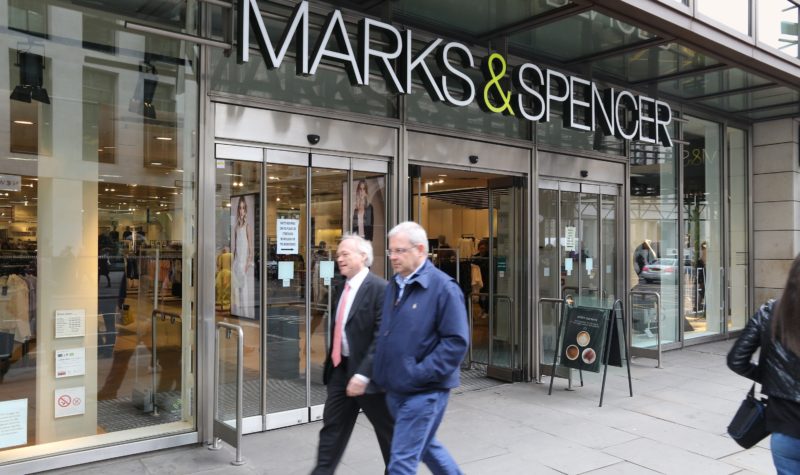Do these 2 FTSE 350 retailers have further share price growth ahead?

The outlook for FTSE 350 retailers such as Marks & Spencer (LON: MKS) and B&M (LON: BME) could become increasingly challenging over the coming months. Inflation has reached its highest level since 1992 and could mean that consumer disposable incomes are squeezed following a period where pent-up demand from Covid-19 lockdowns has been at least partly released.
However, with neither stock trading on a demanding valuation, could they still offer long-term investment potential? Or do their share prices include a margin of safety that is required given the uncertain outlook for the retail sector?
Marks & Spencer
Marks & Spencer’s share price has soared by 60% in the past year. A key reason for its rise is a strong recent financial performance that was highlighted in its Christmas trading update.
Indeed, the company delivered a 19% year-on-year increase in sales in the 13-week period to New Year’s Day. Its strategy of reducing the proportion of products that are discounted and improving its multi-channel offer have yielded higher market shares across numerous food, clothing and home categories.
Looking ahead, the firm appears to be well placed to capitalise on longstanding retail trends that have been accelerated by the pandemic. Notably, its tie-up with Ocado means it has a strong foothold in the online grocery market. Meanwhile, online sales represent over a third of clothing and home revenue and grew by 60% in the first half of the year.
Certainly, Marks & Spencer’s bottom line is forecast to grow by just 3% per annum over the next two financial years. Furthermore, its position as a mid-tier retailer could mean its sales are squeezed as increasingly price-conscious consumers trade down to cheaper options.
However, with an improved financial position following a fall in net debt of 23% in the first half of the year, growing online exposure and a sound strategy that increasingly relies on full-price sales, its long-term potential appears to be high while it trades on a forward price-earnings ratio of 12.
B&M
B&M’s share price performance has been significantly weaker than that of Marks & Spencer over the past year. It has gained just 9% in that time, with a recent slump apparently being at least partly caused by share sales among senior management.
Meanwhile, the company’s recent third quarter update showed that revenue increased by 0.1% compared to the prior year. On a like-for-like basis, sales have risen by 14% over the past two years.
Of course, B&M could stand to benefit from a squeeze on consumer disposable incomes. Its focus on value for money means that, as has been the case in previous periods of high inflation, increasingly price-conscious consumers could trade down to its stores from mid-tier operators.
That said, the company’s lack of online presence may inhibit its growth potential over the long run. Although it plans to trial an online retail option this year, many of its rivals already have an established online presence in an era where e-commerce sales represent a growing proportion of total retail sales.
Therefore, while the firm’s forward price-earnings ratio of 13 is relatively appealing, its modest recent sales growth, focus on physical stores and lack of positive earnings growth forecast over the next two years could mean there are better options elsewhere in the retail sector.
Comments (0)